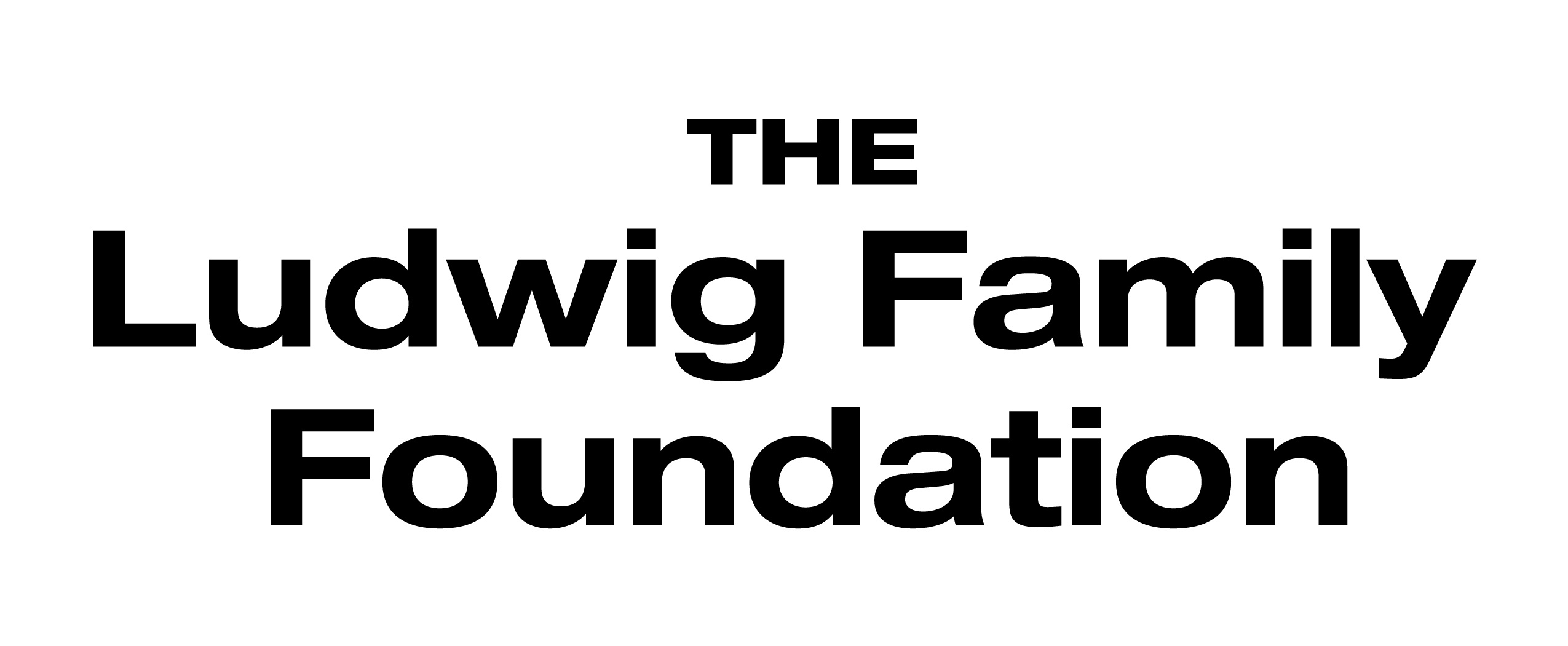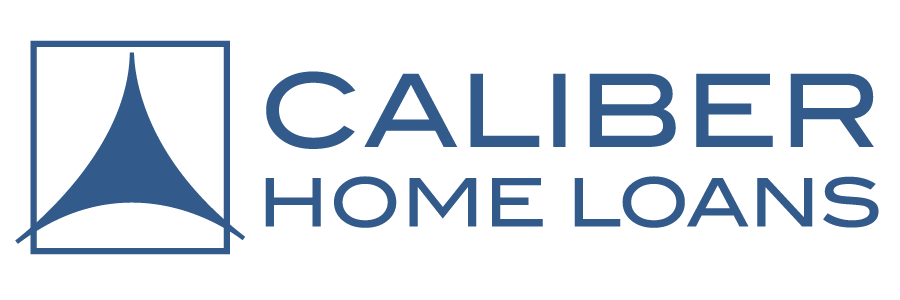Featuring
- Tawney Brunsch, Executive Director, Lakota Funds
- Governor Michelle Lujan Grisham, State of New Mexico
- Donna Gambrell, President & CEO, Appalachian Community Capital
- Dr. Rajiv Shah, President, Rockefeller Foundation
include mastercard center inclusive growth
launch action network on community finance
minority deposit institutions
early 1980s arkansas first rural microcredit bank while clinto state gov
cfdi bill
start upcapital small business- basic banking; transparent home loans for smallest families, locally
hubt for people centred appri]=oaches ready to scale
8,2 unemployment rate net lost 64k- 200mn out to sme 120 mn local gov; 200mn grants to keep or retrain employees
new mexico- minority majority state
were investing 9 sector plan just when epidemic hit
we are a tourism state- need to timerebound
without community funance cant buid brodges so mone moves quickly into rural areas most need of rebounding
new mexicofirst cf on tribal lands in usa
chance rebuild with less inequality because so much hasto be built back up
cdfi fund
==================
welcome appalacian community capital started 2013- earlier work with clinton friends
- leader app capital
acc is intermediary cdfi - raise capital for 23 app members cfdi who do the loans and savings
elder care man sites farms renewable eergy town development restaurants economic self-sufficiency
dula croses health and business hit us hard
cfdi help centres transalted state and fed knowhow
cfdi members sprung to action - emergency microloans
grants, business advisory services - how pivot from brick/mortar to online
how continue pay rents o both brick businesses and family homes
clinton 38 years ago dan piercy intro'd to yunus
300k$ - now called souther bank- and dana gov new mexico now on board
aas late as 2019 had to invest in water systems for navaho nation
- different corners of state navaho in - lond-term predictability of water infrastructure- parrallels to broadband- domt want piecemeal approach - infrastructore package - new mexico needs 200mn dollR BRIADBANK- NEW MEXICO POISED TO BE LEADSING GREEN SME STATE
both s,es and from december largest wind farm
state ha lage %n of minority women smes
-// new mexico w virginia kentiucky'arkansa
applacia
internet connectedness of rural still a deep challenges
affordable, just in time healthcare
we have a resilient population but need relentless support
advice needed to be shared both small businesses and the cfdi - thats what collab tech could do- its the community that voices the needs and challenges - coming together a lot of forces then mapping out plan
rockefeelr foundation targeting 10 cities includingbaltimore as bencmark going forward -systems to change inequality of financing
also united way y city - lauch capaign for equity -300 corporate partners to target inequality nyc
Tawney Brunsch, Executive Director, Lakota FundsGovernor Michelle Lujan Grisham, State of New MexicoDonna Gambrell, President & CEO, Appalachian Community CapitalDr. Rajiv Shah, President, Rockefeller Foundation
tribal fed union 1986 - over years17 mn$ 500 businesses - 1200 jobs - no bank on pineridge what your new commitment raj to black and brpwn owned business-
2/3 asking for 20k not answer
rockeffer cdi collective in 12 cities
expanding 12mn to 15mn$
can bring togetherpublic- provate, tech and communityy, aim to ensures biden cares act reaches thoe in need= now is great time for philanthropy- greatest divergeceof rochest porrest- less than hundred billionaires havebmade trillion dollar over covid year
cdfi fund
be humble about the hows of community dev
tawney congrats for starting first credit union on native lands -fed lakota credit union to pineridge
native city fsi- guaranteed farm center lander
our ag loans assist multigenerational operations
- about half portfolio noag loans ranching industry
also assisting credit to contractors-- construction kept goin during covid - contractors are some of bigger employers on reservation
rockeller opportunity/collective opportunity -mastercard ai work to identify deep cfdi data- big policy investments - eg south dakota wind infrastructure gains to dev broadbank and local health services- its a data challenge - the moment ha now hit- local advisers
- greatest ever bottom up opportnity just as we face greatest inequality- for moment we target 12 cities
credit union competedpackage of fin services adjsted to community-
even lakota funds to quaofy fir acess to caresfund wevonly have 8 million dollar assets
wevhave formed partership s dakota bank - in one week upladed 75 aplication with gret plains bank




